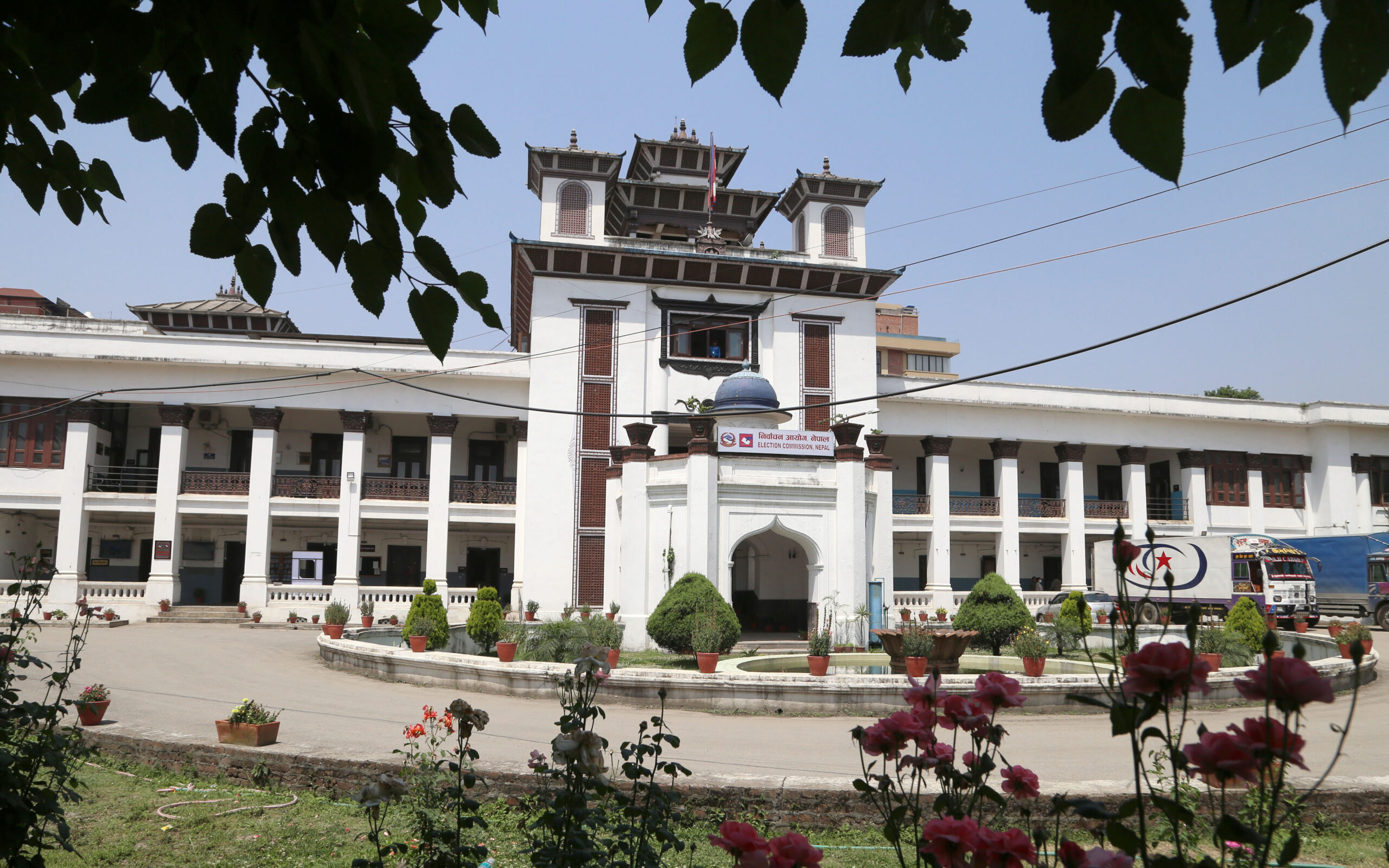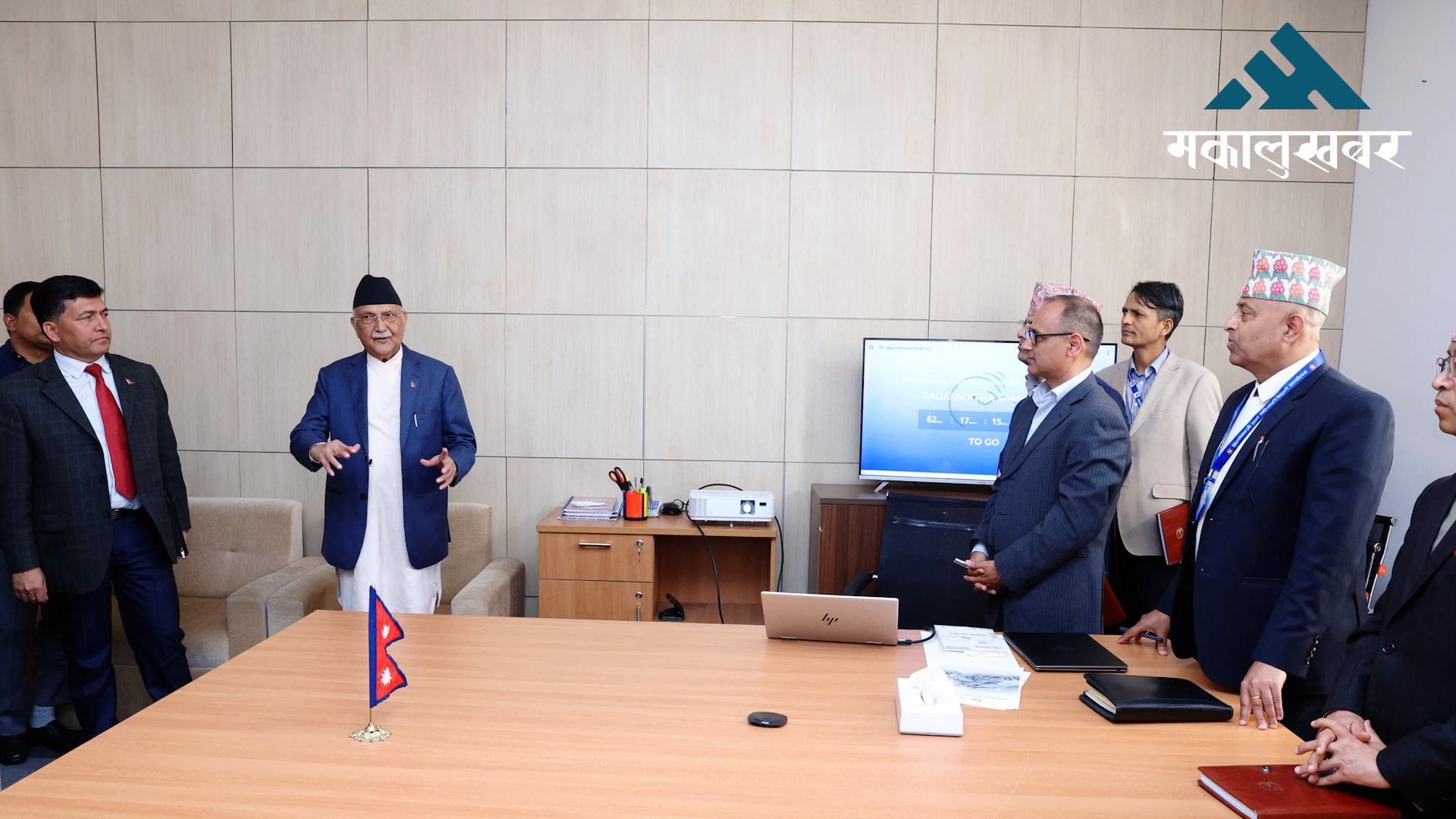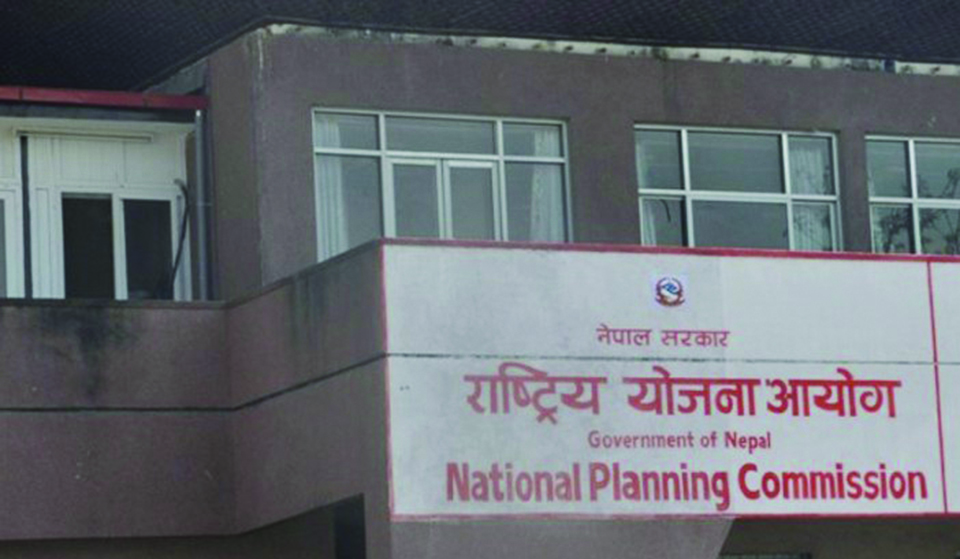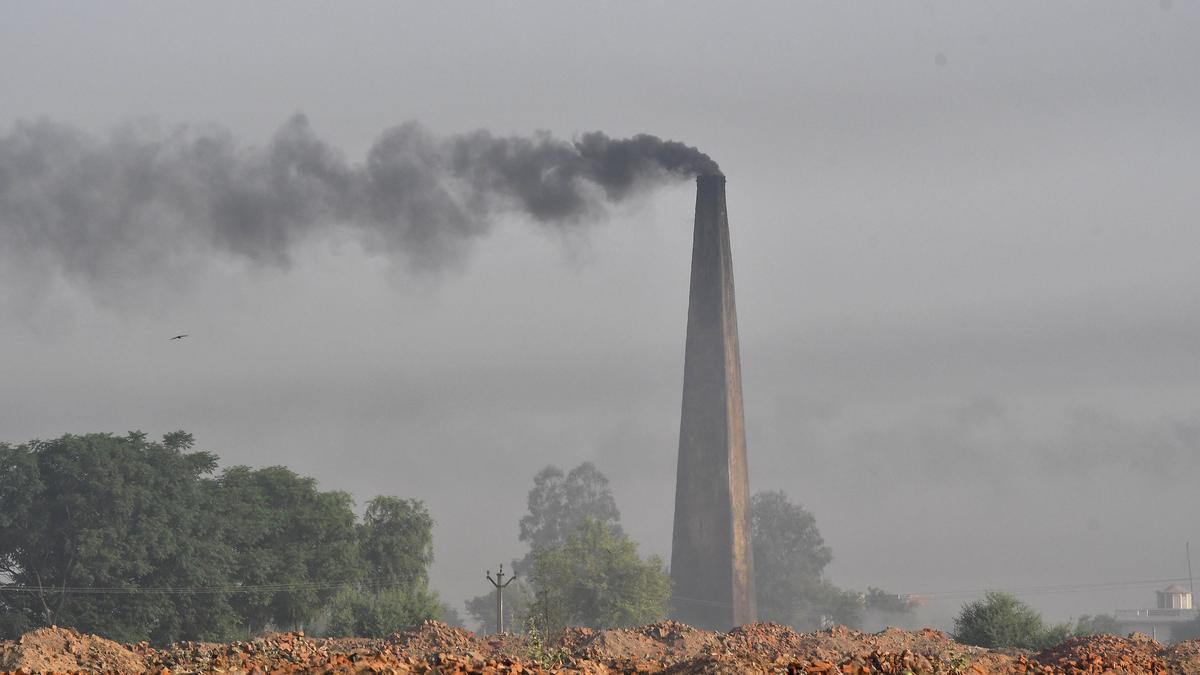Single-parent family numbers on the rise in Nepal, what’s driving the increase?
According to the National Census of 2078 BS, Nepal's total population stands at 2,19,64,578, with males constituting 48.98% and females 51.02%.
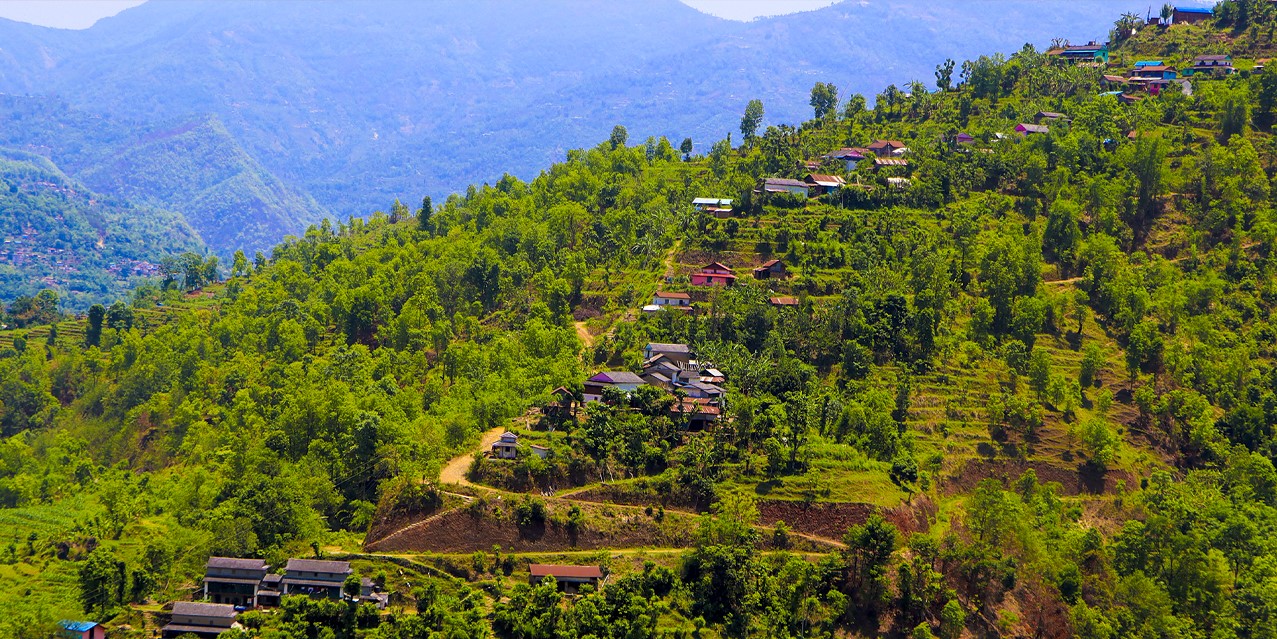
KATHMANDU: A recent report has shed light on the growing number of single-parent families in Nepal.
Contrary to previous trends where families were predominantly joint, there has been a noticeable rise in the fragmentation of households into single-parent units.
According to the National Census of 2078 BS, Nepal’s total population stands at 2,19,64,578, with males constituting 48.98% and females 51.02%.
Currently, 60.07% of households are single-parent, while 39.93% remain joint, as per the National Statistics Office.
It has been found that the number of families in Nepal has increased compared to the previous census (2068).
Yogendra Bahadur Gurung, Head of the Population Studies Department at Tribhuvan University, attributes this trend to a rise in separations from joint families rather than overall population growth.
“People are increasingly transitioning from joint to single-parent households,” he remarked, pointing out various reasons behind this shift.
Gurung elaborated that despite traditional inclinations towards joint family setups, various factors have led to the surge in single-parent households in recent decades.
“As people migrate for better opportunities, especially to urban areas like Kathmandu, they often find themselves living independently due to work, marriage, and childbirth, thus starting single-parent families,” he explained.
Analyzing migration patterns, it’s evident that Nepalis are inclined towards settling in new locations without entirely abandoning their roots.
“While parents may choose to remain in their ancestral homes, the younger generation opts for urban or Terai regions for better education, healthcare, and employment opportunities, thereby contributing to the rise in single-parent households,” Gurung added.
The report also highlights a substantial increase in single-parent families in the Himalayan and hilly regions compared to the Terai region. This is primarily attributed to employment opportunities and accessibility to services.
“There’s a growing trend of hill families migrating to urban areas for settlement. Climate change, disasters, and development are closely linked to this phenomenon,” Gurung noted. “The devastating earthquake of 2072 BS displaced many families from Sindhupalchowk, Dolakha, and Ramechhap districts, leading to significant resettlement.”
In conclusion, the data underscores a notable societal shift in family structures in Nepal, with single-parent households on the rise, largely driven by socio-economic factors and migration patterns.
As the country continues to evolve, understanding and addressing the needs of these diverse family units will be crucial for social development and welfare initiatives.




